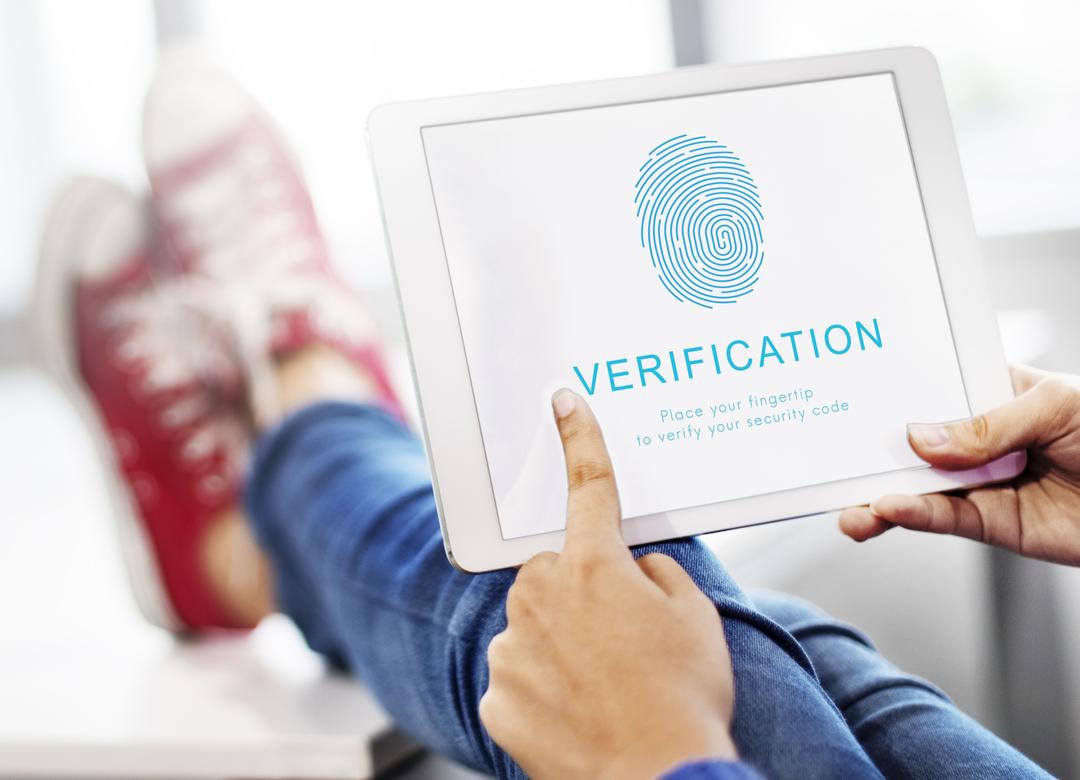
Papel Blog /
What Are 3D Secure and CVV Codes? Why Are They Essential for Secure Online Shopping?

What Are 3D Secure and CVV Codes? Why Are They Essential for Secure Online Shopping?
Security is paramount when it comes to online shopping. We've gathered everything you need about 3D Secure protection, which enhances payment security.
4 min read
Last Updated: Tem 26, 2024

Table of contents
What is 3D Secure?
How Does 3D Secure Work?
What is CVV?
Frequently Asked Questions
What is 3D Secure?
How Does 3D Secure Work?

What is OTP?
Is 3D Secure Necessary?
- Fraud Protection
- Customer Trust
- Legal Compliance
- Reducing Chargebacks
Fraud Protection
Customer Trust
Legal Compliance
Reducing Chargebacks
Sites Without 3D Secure
How to Activate 3D Secure



